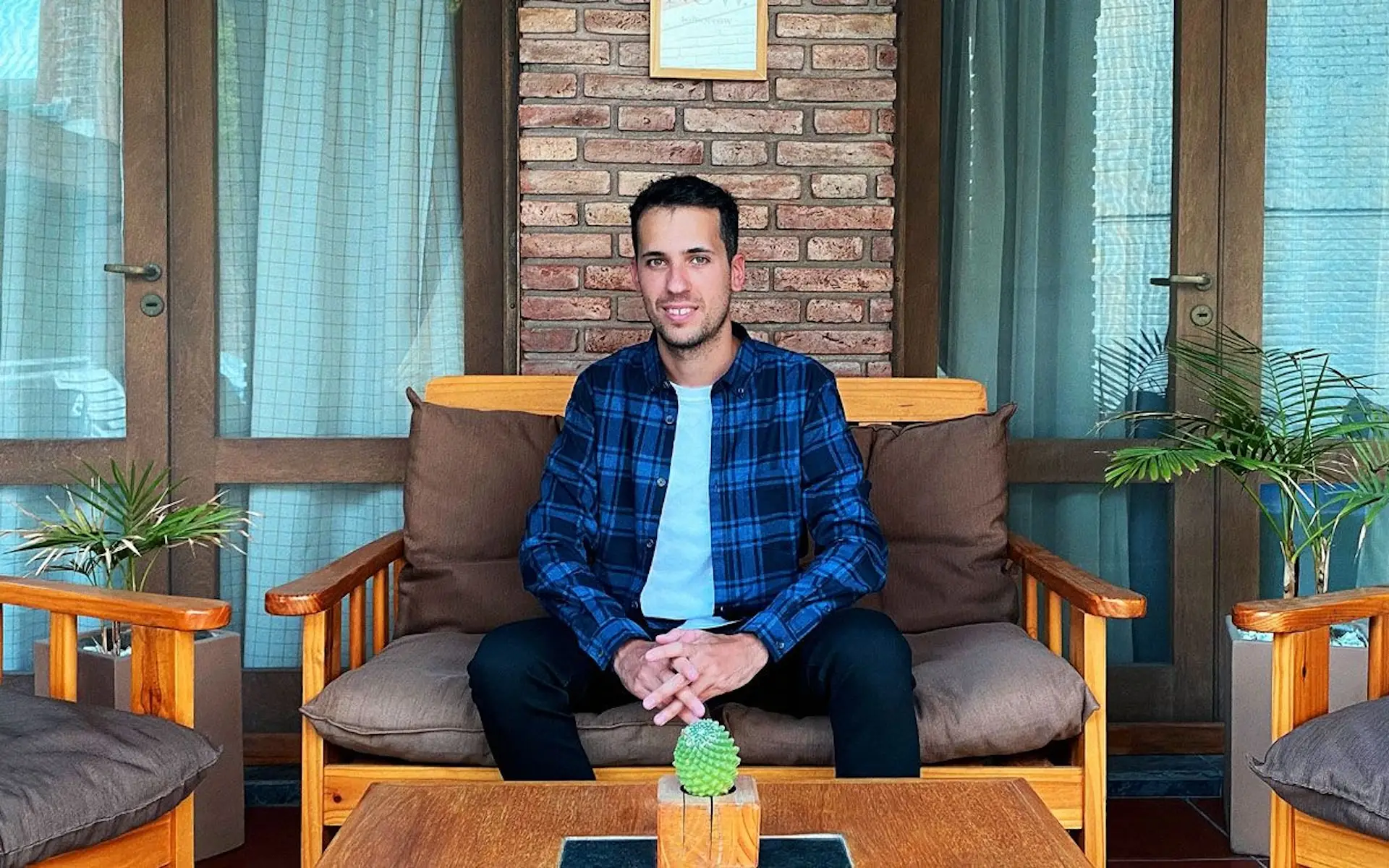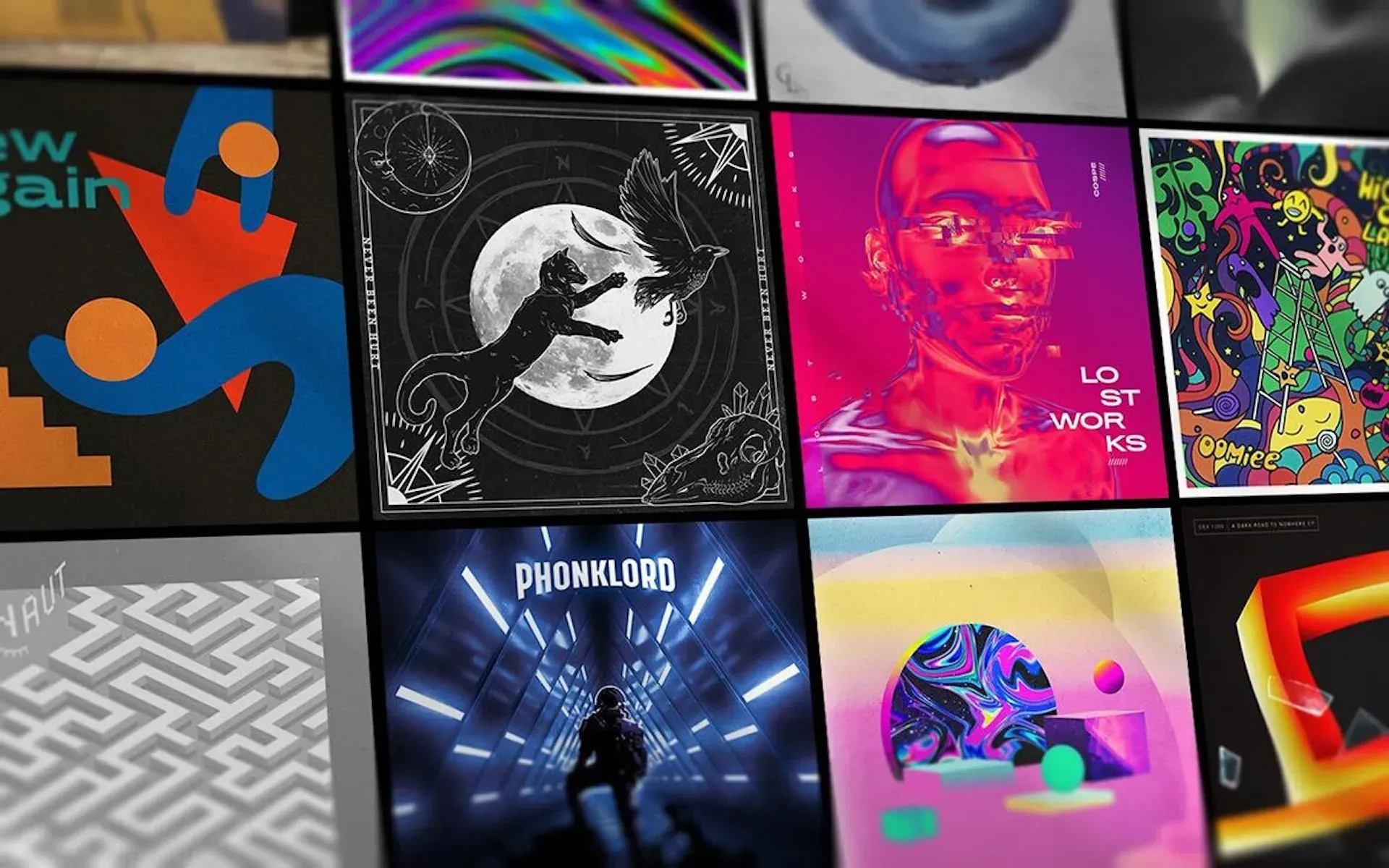Faces of Epidemic Sound: Valentin Prados
Epidemic Sound Content & Design Producer, Valentin Prados, fills in the blanks in this edition of 'Faces of Epidemic Sound'. Read on to hear about his creative process and how he sees the future of design.

Epidemic Sound Content & Design Producer, Valentin Prados, fills in the blanks in this edition of 'Faces of Epidemic Sound,' where you'll get to know the people behind Epidemic Sound. Read on to hear about his creative process and how he sees the future of design.
Three quick questions to kick things off
I’m currently listening to Bring Me The Horizon. I can’t get enough of them. From their first, often heavy albums, to their more pop-like ones. They are always having fun with new sounds and styles and I love it.
My favorite design tool is After Effects by Adobe. Mainly because I’ve been using it since I was 12. I remember learning how to use it watching Andrew Kramer’s tutorials on his website, before YouTube even existed.
I find inspiration from everything! Mostly from new technologies, trends, new bands and movies. I love unique and innovative art that takes risks.
Let’s talk about creative design
What I do as a Content & Design Producer is to help my team in creating and producing motion and graphic assets for various needs, including social media, music videos, Epidemic Sound’s branding, tutorials, showreels, artworks for our music releases, and much more. It’s really exciting and fun because there is always something new and different to work on, it never gets boring or repetitive. Also, team-wise we support each other all the time and collaborate a lot, which feels amazing.
I think the future for design will be 3D! Everything art-related has been incorporating more 3D in the past years. With all this Metaverse and NFT hype, it has grown even more. In my opinion, anything related to 3D design & animation will be a big thing in the coming years.
Also, new technologies and accessible tools will probably help speed up processes and rendering time, which will lead to more 3D works in any production.
My creative process starts with reading the brief/request as many times as needed and asking questions to the people who briefed the project, in order to create a mental picture of what they need. Once I have a clear understanding of their needs, I start researching, brainstorming, ideating and trying to come up with many ideas and concepts in my brain, or by sketching.
Once I pick a concept, I start to develop and refine it. Once the design has taken form, I present it and collect feedback. I usually gather feedback from my team as well. After implementing the feedback and making any changes, I proceed to polish it and add any final details. That’s it, the final asset is ready to go!

My best tip for building a good portfolio is to build specifically for each occasion, where I feature only the content that is relevant to the position I am applying for, or to the skills I wanna showcase. But even when doing a general one to use on many occasions, I would apply the same rules: show quality, not quantity. Only include your best works and try to go deep in them. Keep it clean, simple and easy to follow. Put as much time into the design of your portfolio as you would put into any other piece of work. Don’t copy other portfolios, instead show your personality, your uniqueness, since that’s what people will remember from it!
The biggest design challenge is being a designer!… Jokes aside, insecurity and doubt is my worst enemy. When I do something that I am not sure if works or not, I can spend many hours just looking at the screen, barely doing any changes and not being able to make any progress.
In the last few years I found a method to solve this problem, which is quite simple: whenever I get blocked or am insecure about a design, I immediately talk to a colleague (or to my girlfriend, who happens to also be a designer) about it and ask for their points of view. Having other people’s perspectives and opinions can help you come up with solutions much quicker than if you drown in your own point of view.

Three important things to think about when designing for social media is…
1) Capture people’s attention in less than 1 or 2 seconds! There are tons of tricks, like explaining the whole video in the first few seconds, using exaggerated facial expressions, strong colors and color combinations, etc. YouTubers know it the best!
2) Being inclusive and diverse. Avoid communicating or portraying people in ways that could be offensive. Always have minorities in mind and promote positive inclusion. You can also make your posts more accessible by subtitling your videos, translating or explaining specific words, using appropriate text sizes and fonts, and implementing good color contrast.
3) Create valuable content and be consistent! At the end of the day, the content that performs the best is the one that people interact with the most. So always think about designing content that has value, inspires, entertains and empowers.
We hope you enjoyed hearing about Valentin’s creative vision; stay tuned for the next ‘Faces of Epidemic Sound’ edition!

Related posts:

